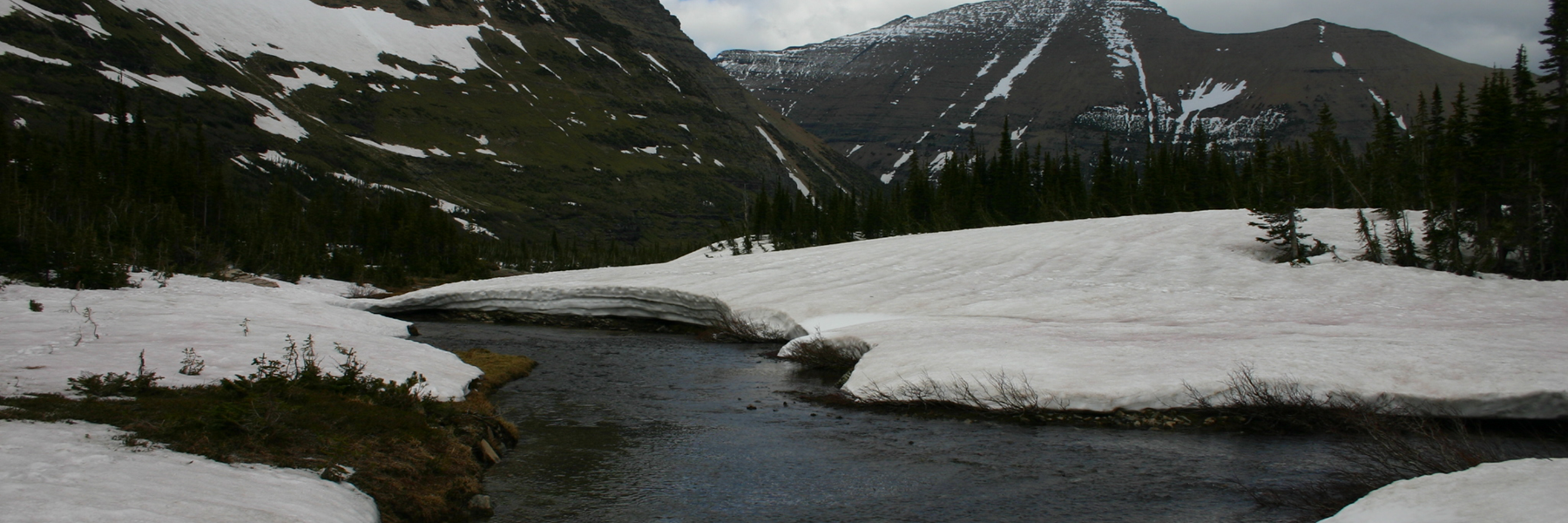Snow and Warming
Northern Hemisphere could warm further in response to lost snow

Racing down a ski slope or snowshoeing across a ridge, it is not obvious that the snow covering the ground isn't just a product of the weather – it also influences the weather. A white blanket of snow can simultaneously trap heat in the ground and reflect solar radiation back into the atmosphere or out to space, much like a mirror reflects visible light.
"When you change the amount of snow, you change how much heat flows between the atmosphere and ground," said Mike Alexander of ESRL's Physical Sciences Division.
With a warming climate threatening to reduce snow cover, Alexander and colleagues from the National Center for Atmospheric Research wanted to find out how the various effects of snow cover might affect Earth's atmosphere.
The researchers started by extracting snow cover information from a fully coupled climate model (the Community Climate System Model CCSM3) that included changes in greenhouse gases. They pulled data from two periods: one at the end of the 20th century (1980-1999 "control"), and the other at the end of the 21st century (2080-2099 "perturbation").
Then, the team ran a land-atmosphere model using the two very different snow cover patterns that emerged (there was more snow in all seasons in the "control" than the "perturbation" ).
"We used our computer as a lab," said Alexander, "so that we could isolate what happens to the land and the atmosphere when only the snow changes."
He and his colleagues found that Eurasia and North America warmed by 1-3°C in the 21st century due to less snow cover, which increased the amount of solar radiation absorbed by the Earth's surface. The largest changes occurred in the fall and spring when there is more direct sunlight and the ground heats more rapidly where the snow cover decreases.
In a complementary study that focused on the effects of shrinking sea ice, surface temperature changed by as much as 10°C, but only in a narrow band ringing the Arctic Circle. This study showed that snow cover may have a wider impact, extending over most of the Northern Hemisphere continents.
The warming due to the loss of snow was not confined to the surface, either. The temperature structure, or stability of the atmosphere, influences how much heat reaches up into the atmosphere. The temperature structure is more stable in the fall than in the spring, so warming extends further into the atmosphere during May than in November.
Snow cover can also influence atmospheric circulation, including the strength and position of highs and lows, said Alexander. The circulation changes due to snow cover were fairly modest, but tended to involve lower pressure above areas of lost snow cover.
Findings were published in the Journal of Climate in December 2010, and highlighted by Nature in October 2010.
By Barb DeLuisi, Winter 2011